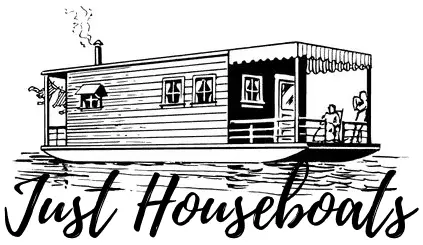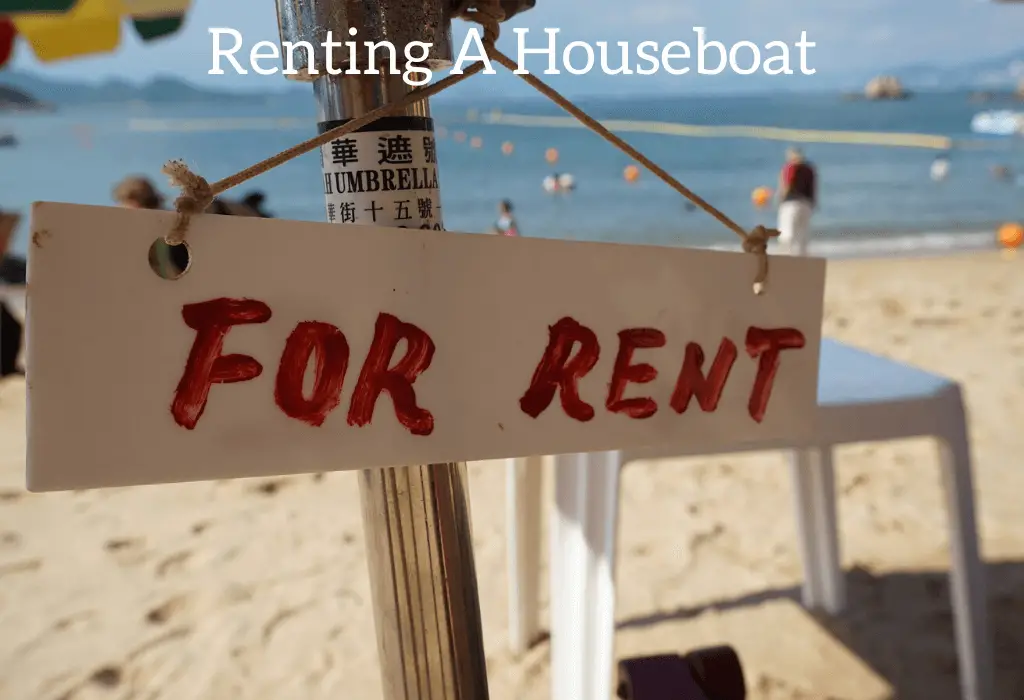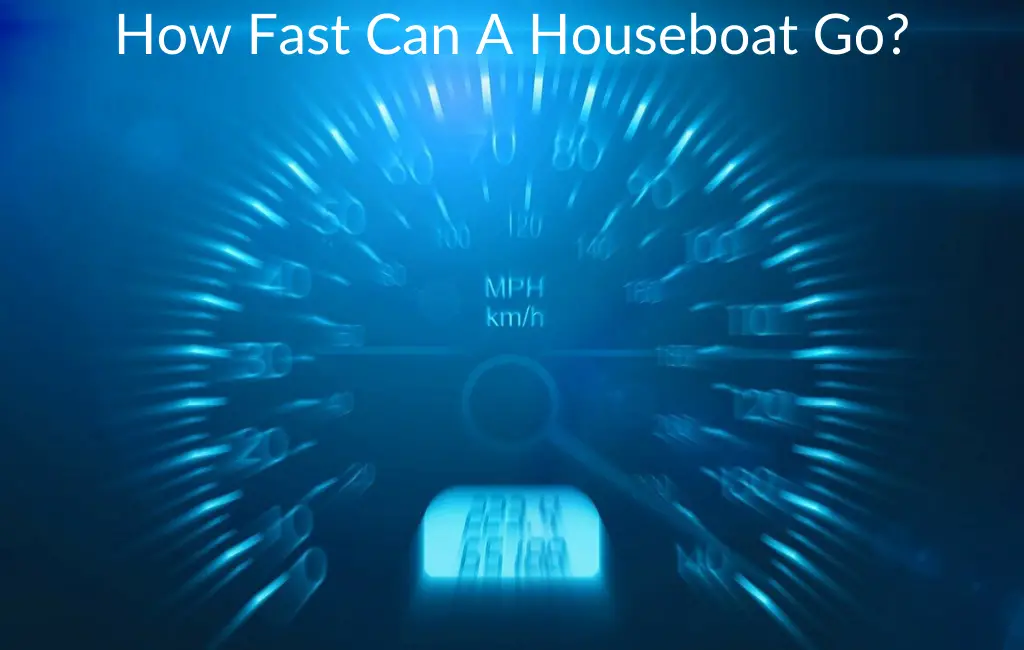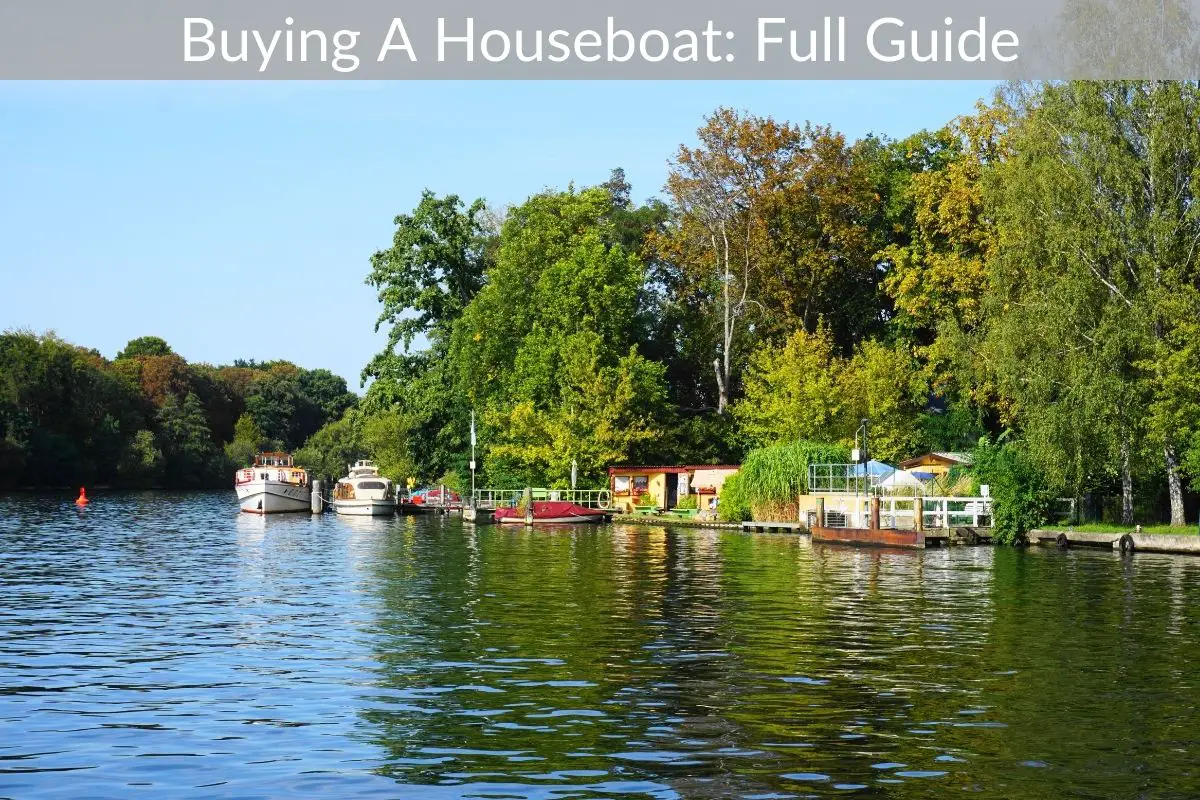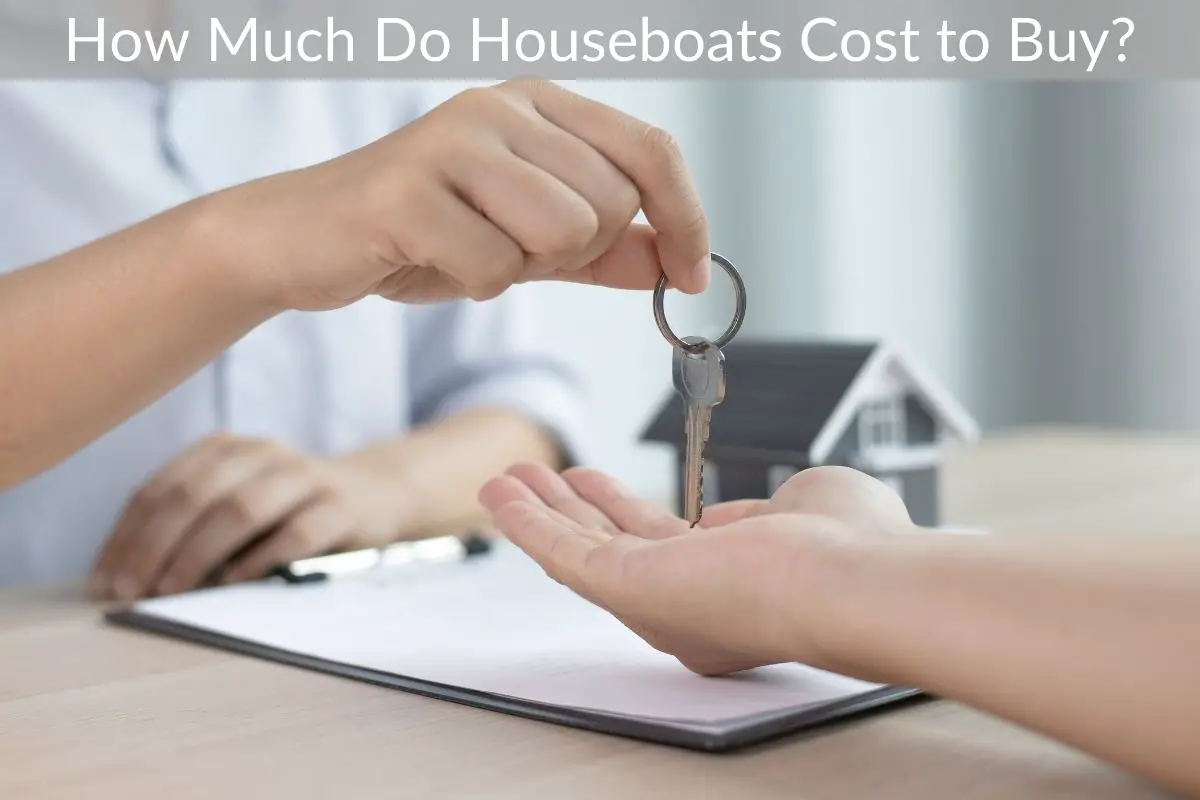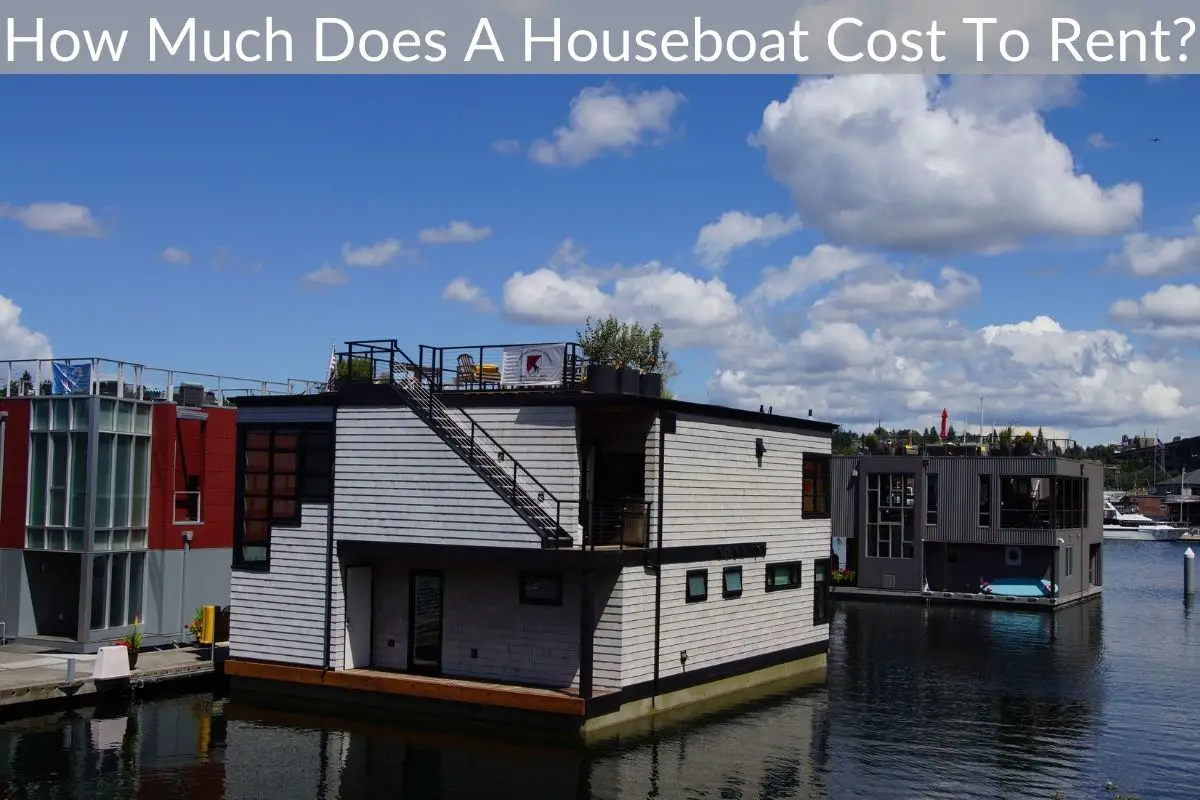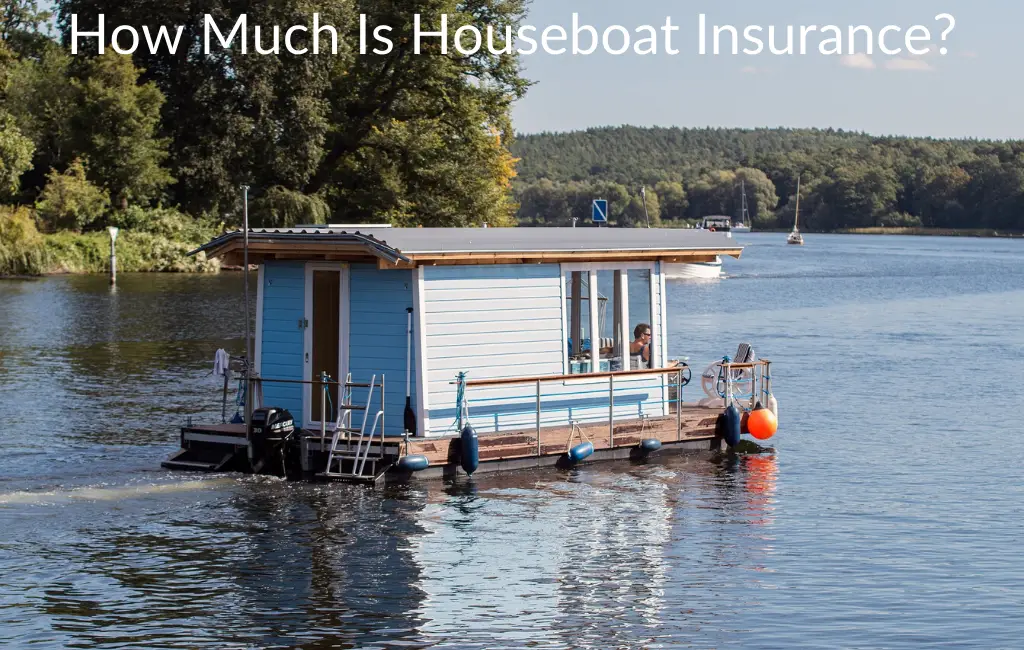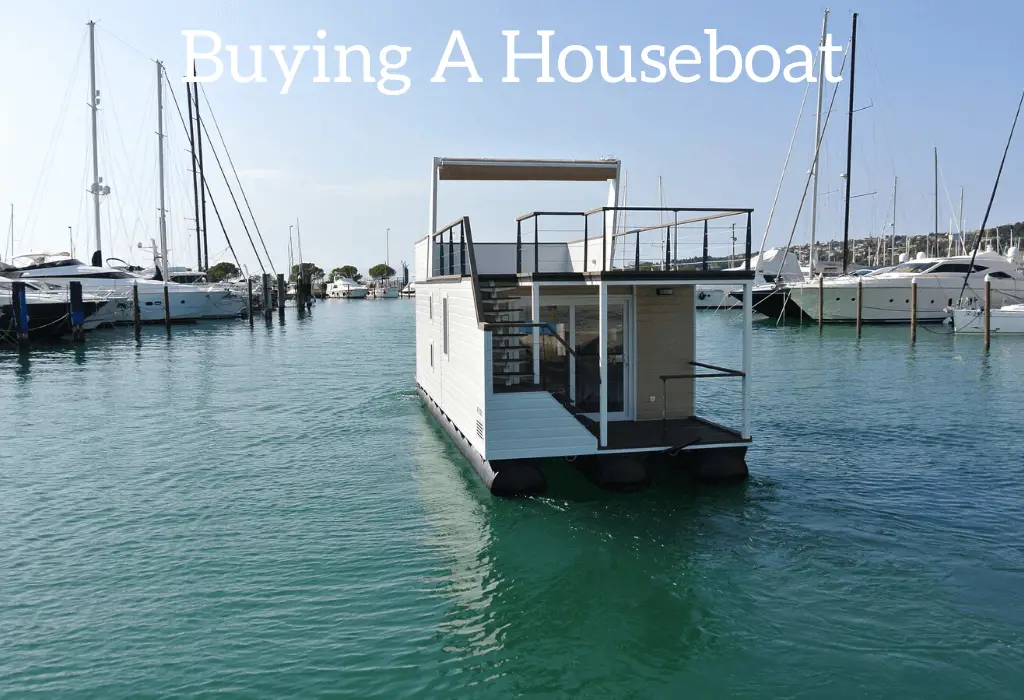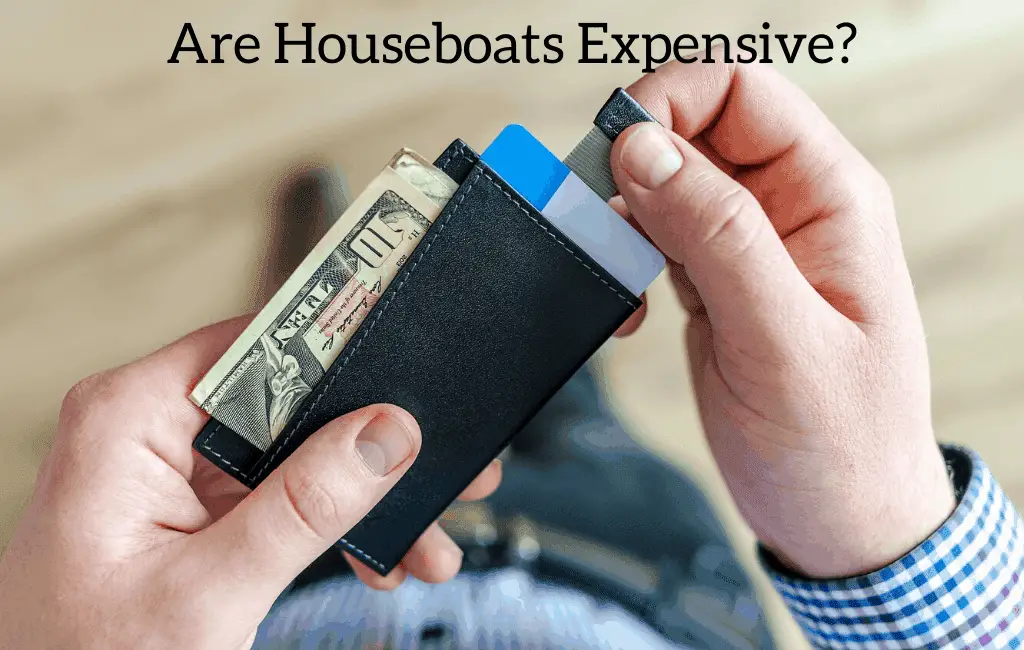If you are looking to rent or buy a houseboat you have probably found this page because you don’t know where to begin. Obviously you will have many questions from what license is required to how to do some things onboard. We will try to cover all of the most important things in this article.
*This post may contain affiliate links. As an Amazon Associate we earn from qualifying purchases.
You can think of this article as a houseboat for dummies or houseboat 101 course. It will cover a lot of the basic but important things to know for anyone who is new to a houseboat.
Do you need a special/boat license to drive a houseboat?
Unfortunately this varies from state to state and is dependant on your age. Most states require anyone driving a boat under a certain age to take a boaters course. The age requirements vary from state to state. Some example states are:
- Florida requires anyone born after January 1, 1988 to take a course
- Texas requires anyone born after September 1, 1993 to take a course
- California will require everyone no matter the age to take a course beginning in January 2025. They are phasing in the requirements in the years prior to that.
To be sure for your age and location, you can search the requirements for the state you are going to be boating in or you can look up the laws in the most popular houseboat states in our houseboat laws information page.
Are houseboats hard to drive?
If you have a few years experience driving a vehicle then you will most likely find driving a houseboat relatively easy. The hardest part about driving a houseboat is docking the boat.
If you are renting a boat for the first time, the place you are renting from will often pull it away or into the dock for you. Many places will have even have an instructor that can help you with the finer points of docking the boat.
If you are purchasing (or have purchased) a houseboat it would be a good idea to pay a rental place for some hands on instruction on the proper way to dock your new boat. Learning how to dock a houseboat properly is a vital skill to learn for anyone who is planning on renting one regularly or who owns a houseboat.
Since houseboats normally go 7-10mph, driving a houseboat on the water can be done with ease. You will need to learn the rules of the water and what all the markers and buoys mean but once you have that down it should be a cinch.
Operating a houseboat
How to start a houseboat
The first thing you need to learn when operating your houseboat is how to start your engine. To start your engine/engines you need to
- Turn the blower on 5 minutes before you start your motor/motors.
- Make sure your engine is in neutral before starting the boat
- Turn the key one click (with most boats you will hear some chirping and noise)
- Push the control button on the bottom of your shifter. That should give you a flashing light which means you are ready to start the boat.
- Turn the key like you would with a normal car to get the boat started. You will notice the tach gauge/gauges will move up so you know the engines are running.
- Leave your boat idling until your engine/engines have warmed up to the normal operating temperature range.
You will want to move away from the dock using the helm inside but after you are away from the dock you can move up top and pilot it while on the water from up there. This can be done by putting the boat in neutral downstairs and going up to the bridge deck. Once on the bridge deck just push the control button until you get a solid light on the shifter and head on to your destination.
How to drive a houseboat
Once you are away from the dock and on the open water you will want to practice actually driving your boat. Just like every vehicle is a little different in how sensitive the pedals are, so is every boat a little different.
Even if you have been driving boats for years it is always a good idea to spend a little time getting used to a boat if you have never driven that specific one before.
Since houseboats are one of the slowest boats on the water they are far more conducive to beginner drivers than a speedboat. You can learn how to drive a houseboat pretty quickly as it has a normal steering wheel like you would find in any vehicle and because of its slow speed any mistakes can be easily fixed.
If you are going 30mph it is much easier to make a mistake as a beginner and not be able to fix it in time. Since houseboats go much slower small mistakes aren’t going to be the end of the world
One thing to remember is boats don’t have brakes. It isn’t as simple as pushing on the brake pedal when you need to stop. You have to switch your engine/engines into reverse to slow your forward momentum. That can take time and some getting used to so again, practice.
Spend some time practicing slowing down while headed towards a specific point in the water. See how long it takes you to get the boat to stop. You can also try different maneuvers to see how the houseboat handles and how long it takes you to turn your boat in a complete circle or around a corner.
Remember, not only are houseboats not designed for speed but they also aren’t designed to make tight turns so be sure and think/plan ahead while you are driving.
After you’ve gotten used to the way your boat speeds up and slows down you can head towards your destination. If you are just cruising around the lake for the day than you should be good with the above instructions. If however you are planning on anchoring your houseboat or beaching it then keep reading for further instructions.
How to beach a houseboat
1. Pick a good beach
When you are wanting to beach your boat, picking a good beach is very important. You want to make sure the beach is steep enough that your boat doesn’t go too far on the beach so your motors are out of the water. If that happens you could have problems getting back off the beach.
2. Approach the beach straight on at a low rate of speed
Once you have found your perfect beach you will then want to approach the beach straight on and at the lowest speed. Once your houseboat is aground, give your engine/ engines a little more gas to cause your boat to become a little more secure and go on the beach a bit farther.
3. Have someone else go ashore and anchor the boat
You will then want to have someone else go ashore and anchor your boat. You will want to stay at the helm during this time so you can shut off the boat if any emergencies happen or if the boat comes off the shore you want to be sure you are still able to pilot it if needed.
How to anchor a houseboat
1. Place the anchor lines at a 45 degree angle from the rear of the boat
2. Dig a 2 foot hole in the sand and bury your anchors entirely.
You need to dig this hole at least 10 feet from the waterline to prevent water from getting inside your anchor hole.
3. Tighten the ropes from your boat until they are taut
This will prevent the rear of the boat from moving so much in the wind or waves.
4. Dig 2 more holes on the inside of the first two anchor lines.
These additional anchors should be at a 55-60 degree angle from the rear of your boat. These are to help hold some of the weight of the first two anchors and to prevent your boat from coming off the beach before you are ready. Again make sure they are at least 10 feet away from the waterline so your anchors don’t get surrounded by water and get stuck.
After your boat has been anchored for a few hours be sure and check the tightness of the anchor lines. With the waves constantly pushing your boat on shore they can become loose. Be sure and tighten the ropes again before going to sleep to ensure your boat doesn’t move much during the night.
How to “unbeach” a houseboat
Once you have spent the night or long weekend on the beach and are ready to head back to the dock you will need to get your boat back off the beach. If you put your anchors in correctly then the boat should still be in the same position that it was in when you beached it.
You will want to get all the passengers on board before removing the anchors. Have one or two people take up the anchor lines which the boat driver is at the helm. Once they are on board and the anchor lines are put away, have all of your passengers go to the rear of the boat making sure they are sitting down. This will allow your boat to reverse off the beach about 75% of the time. If this doesn’t work have a couple people hop off and push the front of the boat while you are reversing the engine/engines. This should allow you to be unbeached and the people on board can hop back on.
Getting off the shore is always far easier than you would expect as the people in the rear of the boat help move the weight off the foredeck and often allows the boat to easily move off the beach.
One important thing for any boat driver to remember is to always pay attention. It can be easy to let your guard down and enjoy the day but if you are the driver be sure and always keep a good look out. The last thing anyone wants is to end the day in the ER so always be sure and keep your wits about you.
People who are swimming and having fun in the water can often not think about the consequences of their actions. It is your job to ensure that all the passengers you have arrive home safely. Always obey the local and state laws in your area and make sure that your houseboat is properly equipped with the required safety equipment.
Happy Boating!
